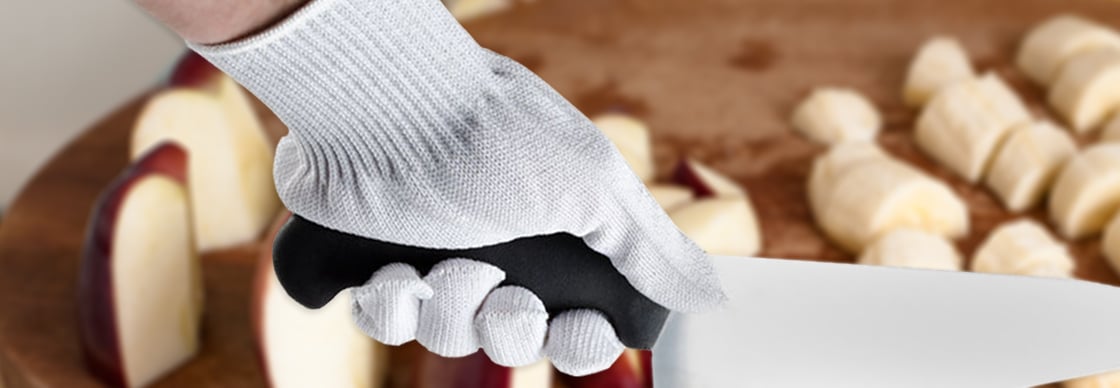In many workplaces, cut safe work gloves are a prerequisite since they convey the insurance needed for representatives to lead their work in a protected manner. Plainly after a drawn out time of mileage, slice safe gloves should be exchanged. This article will call attention to a modest bunch of reactions to regular inquiries purchasers have when attempting to sort out when to change their cut safe gloves.
What amount of the slice obstruction is credited to the palm covering of the glove?
This might be stunning to a few, yet none of the cut obstruction rating comes from the palm covering of your gloves. Truth is told, ordinarily work gloves that do not have a covering, are more cut safe than those with the covering, in light of the fact that the palm covering may make sharp edges stick. The cut obstruction level of your glove basically comes from the material that the glove liner is built from.
What amount of the covering can wear off prior to supplanting gloves?
We learned in the earlier answer that the covering of the glove really does not add to the cut opposition level of the glove. That makes the response to this inquiry somewhat less simple. The better inquiry to pose is how much grasp is undermined? If apparatuses and hardware cut resistant gloves slipping all the more effectively from your hold because of a wearing out of the covering, at that point it is probably judicious to supplant the glove.

In case I’m utilizing non-covered gloves, how would I realize when to supplant them?
While this is somewhat of an abstract inquiry, you can follow a general rule. In the event that 33 percent of the thickness of your glove has eroded, the time has come to change those gloves. As the thickness of a cut safe glove decreases, the degree of assurance against risks likewise diminishes.
Is it a smart thought to put patches on my sliced safe gloves to build their wear life?
All things being equal, the regions that wear out more quickly on a glove are the ones that are all the more routinely presented to devices and other hardware that present likely dangers. Any fix that is applied to a cut safe glove is doubtlessly going to be evaluated at a lower ANSI cut level than the remainder of the glove. This can mean you are going from an ANSI cut level 4 or 5 gloves, and afterward the additional patches are an ANSI cut level 1 or 2; which significantly diminishes your insurance. It is more astute to put the wellbeing of yourself and your workers first, and supplant worn out gloves as opposed to saving every possible dollar by adding patches.
For what reason do not gloves incorporate wear pointers so I realize when to supplant them?
A considerable lot of us have seen this convenient innovation in toothbrushes and other individual hardware. In the glove business, this is a goal yet to be accomplished by glove producers. There is no functional method to remember this innovation for a glove that really plays out the way it needs to in reality. The two most concerning issues are that the pointer yarn is difficult to recognize in gloves that are utilized in slick and oily conditions, and weaving creation is inconsistent, which implies that occasionally the marker yarn appears too early in a lion’s share of gloves.